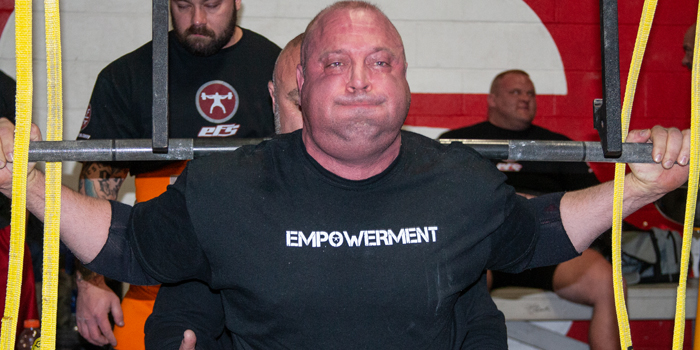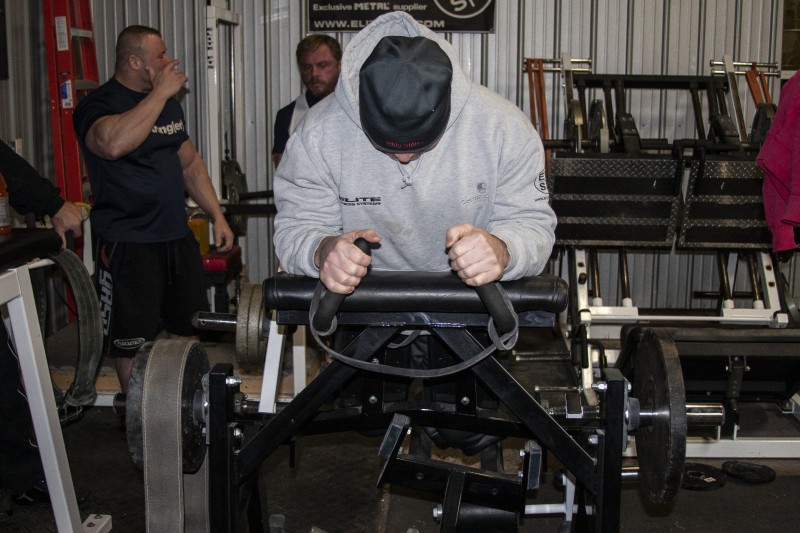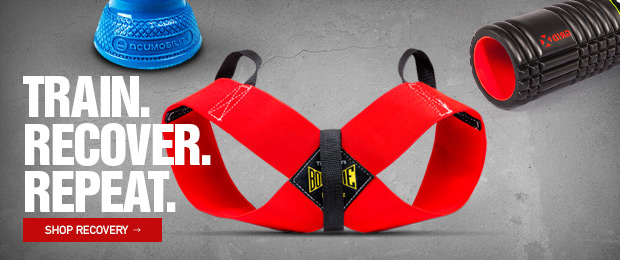
If you have not been at the gym for 10 to 14 days, you may feel weak when you return, even though the maximum strength does not begin to stagnate in a short period of time physiologically. Moreover, the stagnation that occurs within the near future is quite negligible. Yet it feels like you lost everything and you’ve completely relaxed.
I do not know how many theories I have heard about what this may be due to, whether it is psychosomatic because you had a mental breakdown from your absence, or if it is because the nerve communication is impaired by not exercising, etc. But the fact is that you (purely neurologically) will be fresh after resting from heavy loads, and because you use the muscles every day, you will still keep the communication from the brain to the muscles.
RECENT: Which Max Effort Method is Right For You?
The way you use the muscles in the gym is not so different from your usual muscle work; it’s mostly the number of loads that differ. On the other hand, what seems to happen is that you lose the intramuscular pressure (i.e., the density of fluids and glycogen) as your muscles become soft and feel weaker.
The opposite of this is when you have just trained and you feel that you have a pump, and then the muscles become sore because the intramuscular pressure is so high that it presses against nearby pain receptors in the tissue. It may sound strange that you can work out to lose the soreness and the pressure increases.
Above all, it is high reps (20 to 100 reps) that are most effective in removing the soreness, and this is probably due to the fact that you have increased circulation, which means that you may bleed through and reduce the pressure.

While we are still on the subject, I might as well take the opportunity to answer a question I often get: Is it dangerous to exercise when you have soreness in your muscles?
No, it is useful, but the purpose of the exercise should be to reduce the pressure in the muscle and not to continue training for increased hypertrophy or direct increase in strength.
You may have heard of pregnant women becoming stronger under the pregnancy. This is because they have an increased amount of estrogen in the body, which gives them a greater fluid pressure, which results in the muscles getting an increased intramuscular pressure that makes them stronger.
There are stories of women in the East who have become pregnant before major competitions just to get this strength increase and then performed abortions as late as possible to get the maximum out of their pregnancy strength. That is not recommended but still serves as an example to describe the phenomenon of intramuscular pressure.
If we go back to a regular person who trains at the gym and competes in some strength sport, then it is normal that they want to rest a week before the competition. I never let my athletes do that; in my experience, they lose pressure and get harder to enter the competition than if they train closer.
If you are supposed to compete on Saturday, I would let you train until Monday or Tuesday, then do a lighter workout on Wednesday (if you trained the last heavy workout on Monday) or Thursday (if the last heavy workout was on Tuesday), and the lighter workout will be that you do a set of a couples of reps of about 50 percent of 1RM in your basic exercises.
When you feel that you are loaded and want to start lifting heavy, the session is over. It aims to build an intramuscular pressure in your muscles plus it gives you the psychological effect of feeling strong and having more to give. You will be rested without losing the tension in your muscles.
RELATED: Improve Your Recovery with These 5 Things
Occasionally, athletes may not be able to train the last session because they have to travel far if there is a major international competition, and they have to register their arrival a few days before. But then they can work out a light activation session in the hotel gym with flex bands in the hotel room or swim 100 meters the day before the competition just to get pressure in the muscles before the competition. So, an extremely light workout that still goes through all the muscles, followed by replenishing glycogen, salts, and minerals.
To store a maximum of carbohydrates, it is good to combine two sources of carbohydrates instead of just one. The glycogen ceiling is increased when the sugar comes from several sources instead of just one. A teaspoon of mineral salt to bind liquid, a glass of juice, and a tablet of grape sugar are usually pure rocket fuel for your body. If you want something more food-like, you can heat white rice with a tablespoon of white sugar on it. Salt is usually easier to take aside and swallow with water.
After this preparation, you will be ready to perform!











1 Comment